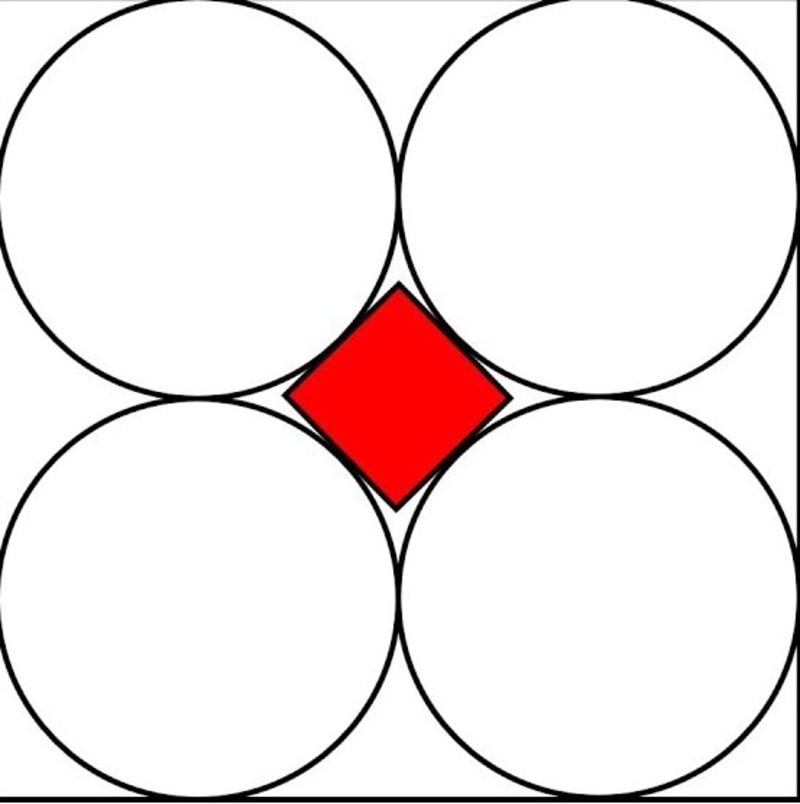|
|
Post by liveoak on Apr 2, 2024 6:46:38 GMT -5
Do you have any direct reference to one of his videos, I'd like to see it in action?
I looked through a bunch & couldn't find it.
Thanks,
Patty
|
|
|
|
Post by vegasjames on Apr 2, 2024 15:21:27 GMT -5
Seems like starting with a hole saw would be a lot faster and easier and would create a lot less waste.
Then finish them off with a lathe instead.
|
|
rockinronda
starting to spend too much on rocks
 
Member since December 2023
Posts: 220
|
Post by rockinronda on Apr 2, 2024 16:01:58 GMT -5
Very cool stuff, especially enjoyed the vids, thanks!
|
|
|
|
Post by vegasjames on Apr 2, 2024 16:32:13 GMT -5
Seems like starting with a hole saw would be a lot faster and easier and would create a lot less waste. Then finish them off with a lathe instead. Hole saw could probably work for the initial tube shape, but then you have to find dead center to drill the hole, vice versa if you drill the hole first you'd have to line up the hole saw perfectly. And if it's an elongated bead, that'd be a 1-3" deep hole with the hole saw, that'd take some time. He does use a lathe and diamond files/burs for finishing steps, the jig is just to hold a steady angle against the wheel when making the cone profile. His technique is to drill the hole first, then spin the bead on a spindle. The jig's purpose is to hold the spindle at a fixed distance and angle, so you can get perfect symmetry when you flip the bead. Not sure you could get that precision with a lathe and hand tools, unless you had some other jig. If using a lathe for the second part then you would not have to line up perfectly with the hole. Just get close since the lathe is going to remove the excess material, which would center the hole automatically. Just like if you took a square of wood to a lathe. Even if you were slightly off from center on the wood, as you round the wood, the round would become an equal distance from the center when the wood is rounded.
Therefore, the hole could be drilled, then a hole saw slightly larger than the intended bead size used to cut the preform, then when lathed, the drilled hole will automatically be centered when the bead is lathed.
|
|
rockinronda
starting to spend too much on rocks
 
Member since December 2023
Posts: 220
|
Post by rockinronda on Apr 2, 2024 17:10:07 GMT -5
Y’all’er taking me to school rn! 👩🏫
Let me get in my chair and get comfy… 🙃
|
|
|
|
Post by Son Of Beach on Apr 2, 2024 21:29:08 GMT -5
Y’all’er taking me to school rn! 👩🏫 Let me get in my chair and get comfy… 🙃 You forgot this  |
|
|
|
Post by vegasjames on Apr 3, 2024 9:05:06 GMT -5
Hefty, go back and watch the video. How much material does he have to grind away, which is a lot more work compared to cutting a round form to begin with. Secondly, if cutting squares, all that material being ground away could potentially be used to make smaller beads. rather than ground away. In your scenario, you are assuming all beads are the same exact size. If this were the case, then your explanation about material waste, but not time waste would make sense. Not all beads have to be the same size though, and areas he is grinding away could potentially be used to make other size beads instead of grinding the material away. especially for material that is very expensive. Since you like graphics, I pulled these up as examples. In this first one, the red area that would normally be ground away with his process, which could be used to make a smaller bead.  And these show how circles of different sizes can be cut out of a square with less waste that would be otherwise ground away, which can instead be used to make varying sized beads.   The more that has to be ground away is also just more wear on the wheels. Again, cutting cylinders to begin with saves time as the lathe again will self center the central hole, and does not require near as much time removing material. If you have ever used a lathe, think of it this way. If you take a piece of rough wood, it is not going to be perfectly round. So how do you get the exact center to turn it? Answer, you can't. Instead, you get roughly in the center to put the spurs. As you turn the wood, the part of the wood that is furthest from the center is removed first during the lathing process. The result as you continue is that the spur automatically becomes centered. Same applies to stone if using a lathe to make stone beads. |
|
|
|
Post by vegasjames on Apr 3, 2024 9:10:06 GMT -5
|
|